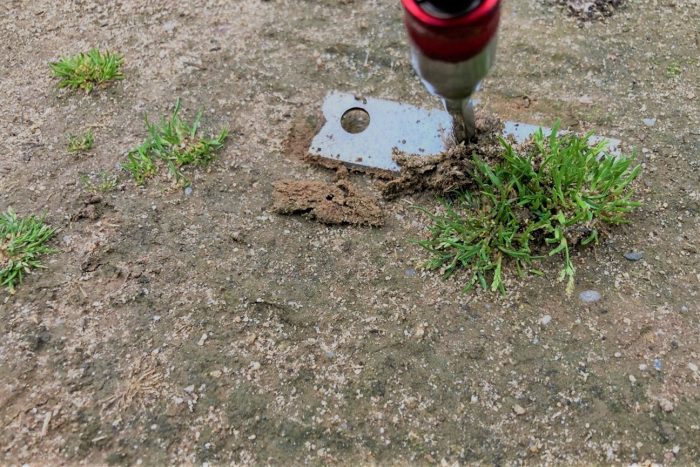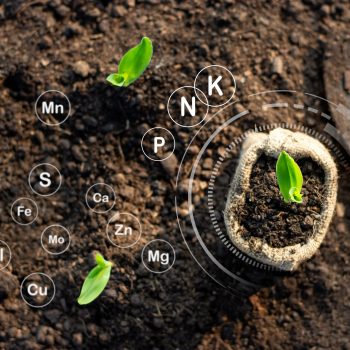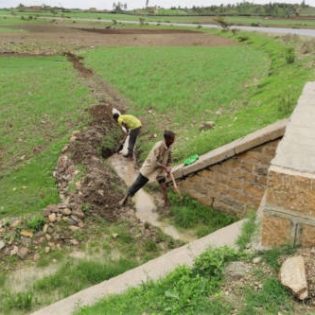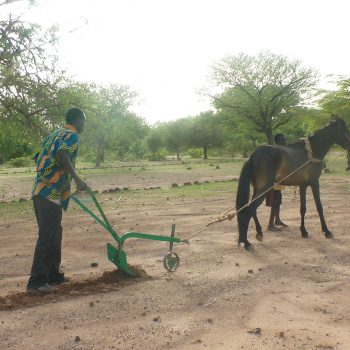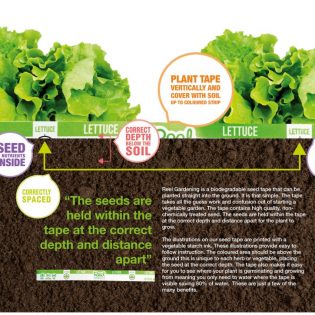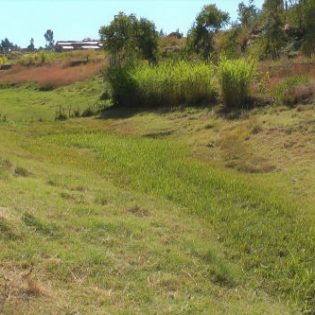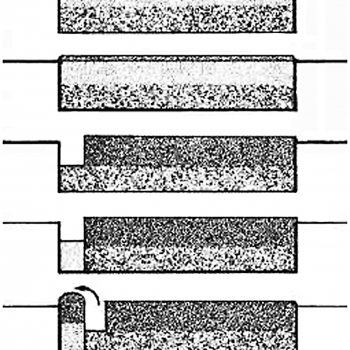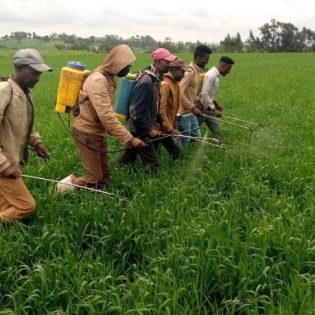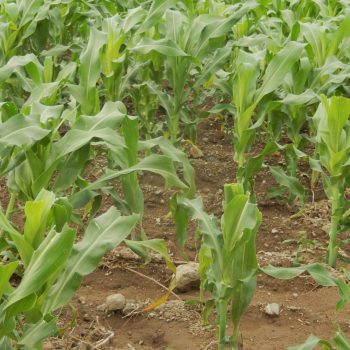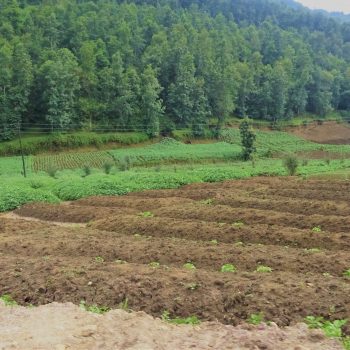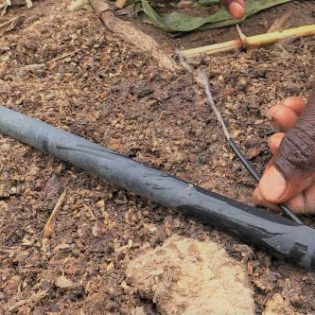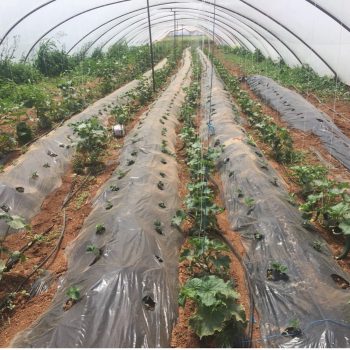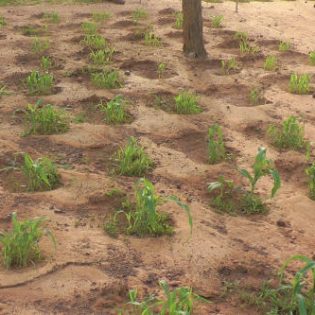| The time of tilling to remove weeds as well as applying herbicides is passé as not only the environmental impact bears concern for both, but also the increasing resistance of weeds to herbicides (DiTommaso et al., 2016; MacLaren et al., 2020). Weeds are to be managed rather than controlled by means of: reduce herbicide rates (considering tillage systems, weed prevalence, crop stages and economic costs versus impact); integrated weed management practices; or considering certain weeds as beneficial and managing vegetational diversity in plots. Vegetational diversity (including that of weeds) also helps to decrease the risk of disease and pest epidemics, particularly for small-holder agriculture in many parts in Africa (Hillocks, 1998)[1]*.
Weeds if not properly managed can set farmers both a loss in land and in water productivity. Weeds may cause crops stress as they compete for water, light and nutrients; they may even affect the field micro-climate, influencing variables such as wind and, humidity. Not in the least, weeds can influence disease incidence either being a pest itself, a vector of a pathogen or acting as a reservoir of pathogens or its vector (Wisler & Norris, 2005). However, the old idea that particular plant species are weeds, needs to be abandoned and replaced with an understanding that weeds are ‘value judgements’ and the judgement needs to be made on a case by case basis if a particular plant or population are, or are not, judged to be causing harm’ (Merfield, 2019). Integrated Weed Management (IWM) IWM aims to keep the crop ahead of the weeds, and thereby tip the competitive balance in favour of the crop. This is done by selecting or combining best cultural practices such as: varieties selection, planting dates, patterns and densities, availing nutrient and water (practices that may also be referred to as Integrated Crop Management). Beneficial Weeds In ascertaining beneficial cop weed interactions skills to identify weeds at an early stage in cropping seasons and specific knowledge of these interactions are required. A certain amount specific weeds may be beneficial whereas occurrence and spread of others is not. Examples of beneficial weeds include: · Weeds that provide resources that attract and maintain pollinator populations can, as more than a third of all crops worldwide are dependent on pollinators, provide alternative non-crop resources and thereby help sustain their services to increasing food production (Kleiman et al., 2021) · In corn production, maintaining a few villainous milkweed plants in the middle of a cornfield may help minimize crop loss from the destructive European corn borer (DiTommaso et al., 2016) · Weeds (particularly in perennial crop settings) can if properly managed, mowing at regular intervals, preserve top soil and reduce the incidence of erosion and play a useful part in nutrient cycling |
|
References: |
iTommaso, A., Averill, K. M., Hoffmann, M. P., Fuchsberg, J. R., & Losey, J. E. (2016). Integrating Insect, Resistance, and Floral Resource Management in Weed Control Decision-Making. Weed Science, 64(4), 743–756. https://doi.org/10.1614/WS-D-16-00052.1
Hillocks, R. J. (1998). The Potential Benefits of Weeds with Reference to Small Holder Agriculture in Africa. Integrated Pest Management Reviews, 3(3), 155–167. https://doi.org/10.1023/A:1009698717015 Kleiman, B., Koptur, S., & Jayachandran, K. (2021). Beneficial Interactions of Weeds and Pollinators to Improve Crop Production. MacLaren, C., Storkey, J., Menegat, A., Metcalfe, H., & Dehnen-Schmutz, K. (2020). An ecological future for weed science to sustain crop production and the environment. A review. Agronomy for Sustainable Development, 40(4), 24. https://doi.org/10.1007/s13593-020-00631-6 Merfield, C. N. (2019). Integrated Weed Management in Organic Farming. In Organic Farming (pp. 117–180). Elsevier. https://doi.org/10.1016/B978-0-12-813272-2.00005-7 Organic Farming – Global Perspectives and Methods, ISBN 978-0-12-813272-2 Wisler, G. C., & Norris, R. F. (2005). Interactions between Weeds and Cultivated Plants as Related to Management of Plant Pathogens. Weed Science, 53(6), 914–917. http://www.jstor.org/stable/4046994
|
Additional information
| Agriculture | Flood/spate irrigated, Irrigated, Rainfed (Crop) |
|---|
